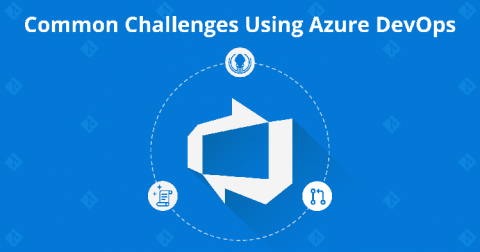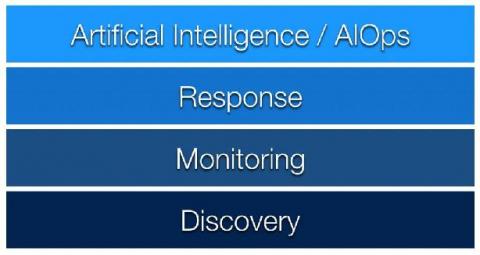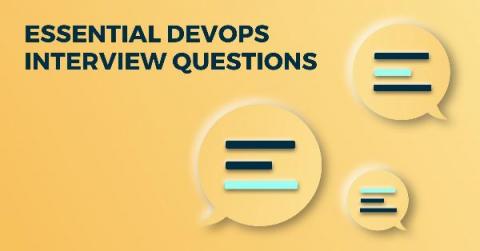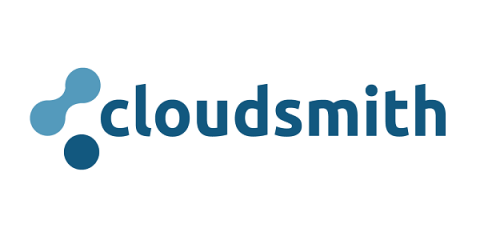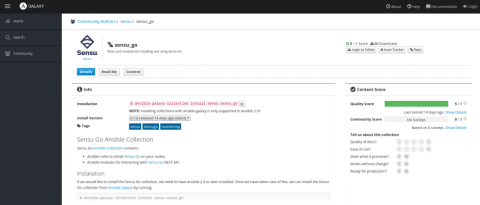Operations | Monitoring | ITSM | DevOps | Cloud
DevOps
The latest News and Information on DevOps, CI/CD, Automation and related technologies.
Spiceworks Research Examines Storage Trends in 2020 and Beyond
In a world where organizations store and process more data with each passing year, technology has evolved to keep pace. For example, hard drive capacities have increased steadily and adoption of scalable cloud storage platforms has headed skyward. At the same time, storage vendors have introduced solutions to accelerate storage read and write times — which have historically been a bottleneck in computing.
Common Challenges of Using Azure DevOps
Is your organization going through a DevOps transformation? Perhaps you’ve even been tasked to head up the project. And surely, part of this transformation is going to include source control management. More and more enterprise companies are using Git to manage their code and file changes. One of the most popular Git hosting services for large teams, particularly those partial to Microsoft’s robust suite of developer tools, is Azure DevOps.
Transport Layer Security Termination In Rancher 2.x, Part One
In this blog series, we’ll explore a few different ways that Rancher uses TLS certificates. TLS, or Transport Layer Security, is a cryptographic protocol used to secure network communication. It is the successor to the now-deprecated Secure Sockets Layer, or SSL. You can expect to walk away with an understanding of how TLS integrates into various Rancher components, and how you can prepare your environment to properly leverage TLS in Rancher.
Building Private Dart Repositories With Cloudsmith
k3s Use Cases - How k3s Can Save You Time and Resources
We have made much of why we went with Rancher’s k3s to underpin Civo’s managed Kubernetes service in posts such as Andy’s explanation of k8s vs k3s, but I wanted to take a bit of a deeper dive into k3s and why in particular it is a great technological choice for a service such as ours.
Three Keys to Automating Enterprise Network Management
Some of the most common challenges we hear about from customers are things that might be all too familiar to some of you. Things in IT have always changed rapidly, and it’s only picking up speed. The explosion of DevOps, cloud-centric architectures, and software-defined networking are making it increasingly difficult to keep monitoring and management tools in sync with the environment. This leads to another issue – management and individual teams lack visibility into the whole environment.
10 Essential Monitoring Interview Questions to Prep for in 2020
You might be on the move. You might be breaking into the field. You might be trying to level up with your next gig. You might be ready for a manager’s role. Regardless of the reason, you are wondering what you need to re-study for your job interviews and “homework” assignments. Even with years of experience, every new gig expects you to answer different kinds of DevOps interview questions.
Cloudsmith Launches World's First Private Dart Repository Service
The promise of Cloudsmith is simple. We ensure development teams have access to the packages they need, when they need them. And we do that through a private, cloud-based repository that can help shield the business from malware, security and licensing concerns related to the use of third party software packages, whilst giving you total control over access to your own packages.
Automating monitoring with the Sensu Go Ansible Collection
This post by Manca Bizjak of XLAB Steampunk was originally published on the Ansible blog. In Getting Started With Ansible Content Collections, which presented the general idea behind what is becoming a new standard in the distribution of Ansible content, we learned about the what, the why and the how of Ansible Collections (and hopefully it got you excited about Ansible Collections!).




